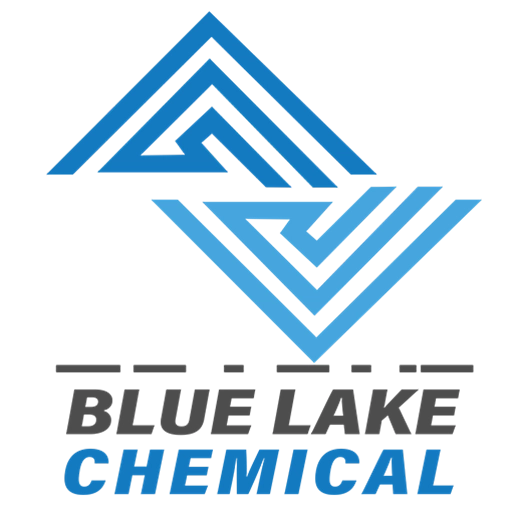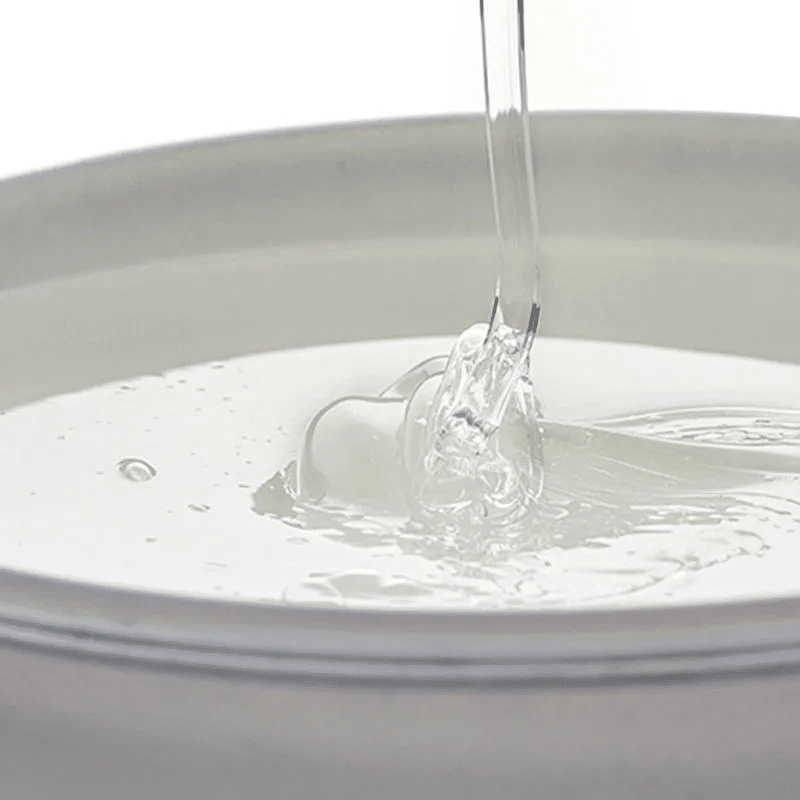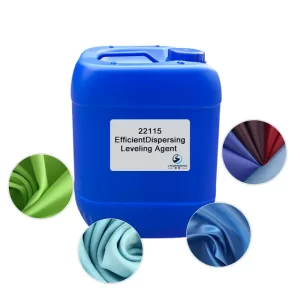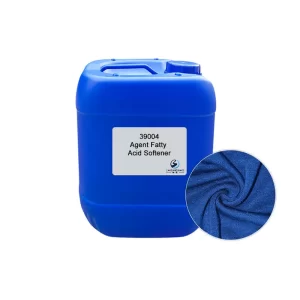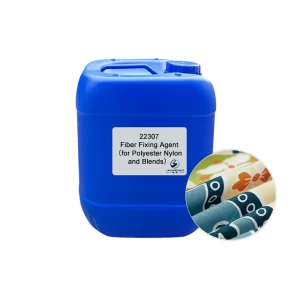In modern textile processing, silicone oil has become one of the key textile auxiliaries to enhance the added value of fabrics, especially in the high-end textile market. Faced with many choices, how to select a suitable silicone oil has become an important issue for technicians and procurement. This article will focus on the three mainstream products: traditional silicone oil, amino silicone oil and block silicone oil, and deeply analyze their applicability and advantages in textile treatment.
Traditional silicone oil: basic softeners, cost-effective solutions
Traditional silicone oil usually refers to linear polydimethylsiloxane (PDMS) emulsion. As one of the most widely used soft finishing agents in the textile industry, it is commonly used in the finishing process of low-end fabrics due to its economy and wide applicability. The softness effect mainly comes from the slippery film formed on the surface of the fabric, which can reduce friction between fibers and improve the hand feel.
Although it has low cost and strong process adaptability, traditional silicone oil also has shortcomings such as limited softness, easy yellowing, and poor washing resistance, so its performance is relatively limited in the face of high-end fabrics or functional needs.
Amino silicone oil: excellent softness, but needs to balance stability
Amino silicone oil is based on PDMS to introduce amino-modified groups (—NH₂), which significantly improve the softness and smooth feel of the fabric by enhancing the affinity between the fabric and the fiber. Amino silicone oil is especially suitable for knitted cotton, human cotton, polyester cotton, and other blended or natural fiber fabrics, which can bring a more high-end soft style. It is also ideal for products that require high hand comfort, such as baby and children’s clothing and underwear.

However, the amino group is sensitive to heat, acid, alkali and other conditions, and if it is not properly controlled, it is easy to produce problems such as yellowing or dyeing migration, so it is necessary to use an emulsion stabilization system or other additives to optimize its performance stability.
Block silicone oil: versatile silicone oil for high-end textile processing

Block silicone oil is a high-performance softener developed in recent years, which adopts ordered block copolymerization technology to scientifically combine hydrophilicity, softness and emulsifying groups to give it richer and more controllable performance. It not only has a silky and supple high-end feel, but also can achieve hydrophilicity, anti-static, washing resistance and other functions through structural adjustment, which is very suitable for the finishing of high-end fabrics such as silk, Tencel, wool, nylon, high count and high density.
Compared with traditional silicone oil or amino silicone oil, block silicone oil also has more advantages in environmental protection, which meets international green standards such as OEKO-TEX AND ZDHC, and is an ideal type of softener for enterprises.
Block Silicone Oil vs. Amino Silicone Oil vs. Silicone Oil
| Item/Type | Block silicone oil | Amino silicone oil | Traditional silicone oil |
| Molecular | Blocked, multifunctional polymer structure | Amino-modified PDMS | Linear PDMS structure |
| Hand feel | Silky soft and premium feel | Extremely soft and smooth | Plain slippery |
| Risk of yellowing | Extremely low, suitable for light or white fabrics | Easy to yellow, discoloration (needs to be optimized) | Prone to yellowing |
| Hydrophilicity | Hydrophilic type can be customized | low | low |
| Applicable fabrics | Silk, nylon, functional polyester, high-count and high-density fabrics | Knitting, cotton, blending | Ordinary cotton/polyester cotton |
| Typical applications | High-end fashion, sports fabrics, foreign trade boutiques | Mid-to-high-end children’s clothing | Bulk cloth, workwear, basic clothing |
| Environmental protection level | Excellent, meet OEKO-TEX, ZDHC standards | Medium | General |
| Cost | Higher | medium | low |
How to choose the right silicone oil?
If you are focusing on cost control and versatility projects, we recommend using traditional silicone oil.
If your customer requires obvious softness and color fastness, it is recommended to use amino silicone oil and a stable compounding solution.
If you are serving high-end brands, functional fabrics or export boutique lines, it is highly recommended to use block silicone oil to enhance product competitiveness and environmental compliance.
BLUELAKECHEM: Your professional textile silicone oil solution partner
Bluelakechem focuses on the high-performance, environmentally friendly textile auxiliaries development and supply, including:
Textile silicone oil series: a variety of soft, hydrophilic, functional silicone oil.
Amino silicone oil series: high transparency, high stability amino silicone oil.
Block silicone oil series: high-end soft, hydrophilic and antistatic customizable formulations.
Silicone softeners: suitable for a wide range of textile finishing systems.

If you have any needs in selecting the right silicone oil or developing a personalized softer solution, please contact us directly for technical consultation, sample support and product quotation.
